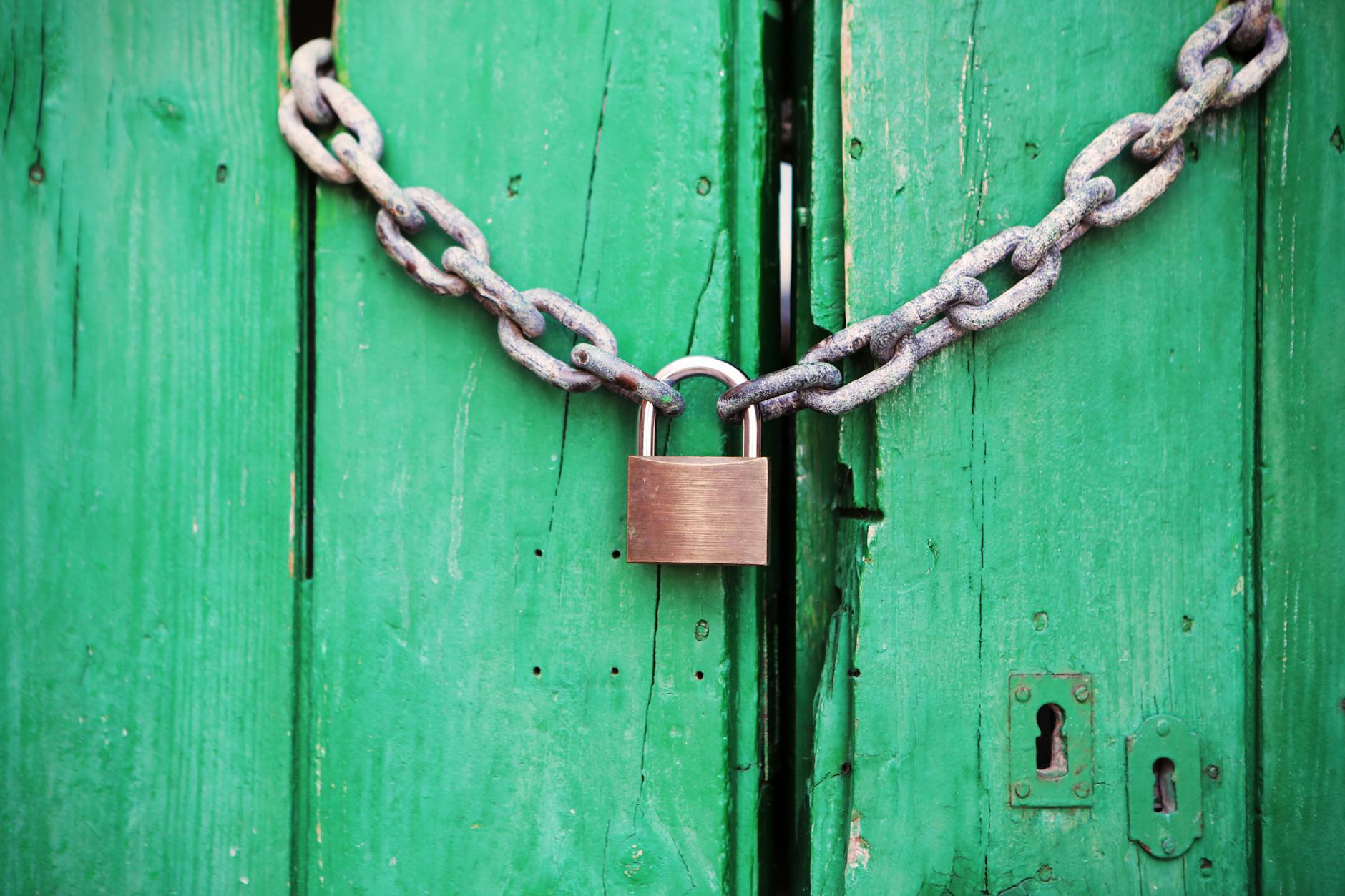 Been doing lots of photo editing lately. Finally got Canon Digital Photo Professional working again. Had to rebuild a Mac. One obscure option is color space. This is essentially what the range of different colors that are in a photo.
Been doing lots of photo editing lately. Finally got Canon Digital Photo Professional working again. Had to rebuild a Mac. One obscure option is color space. This is essentially what the range of different colors that are in a photo.
Here is a quick reminder of color space are. Basically the main idea is something called gamut. Which is simply the range of colors that can be displayed.
- sRGB. This was the first color space and what is used as default in most digital cameras today. It uses 8-bits for each color (24-bits in all). It is the space you use when you post on the Internet for example. However, when you print with this, it looks just OK. So it is OK for most uses, but pros would move up.
- Adobe RGB. This is a later standard set in 1998. It can show roughly 50% of the visible light colors. You can set most dSLRs to use Adobe RGB instead of sRGB. A good idea. It is still 8-bits per color, so you don’t get as much density.
- Wide Gamut RGB. Not recommended for use, this was also developed with Adobe RGB in 1998, it is still 8-bit but wider at 78% of visible colors. It doesn’t use 8% of the colors and it is so wide a gamut that you get funny effects called posterization which means there isn’t enough density of colors.
- Apple RGB. This is an old color space, so don’t use it. It was the old 13″ Apple monitor standard, so use it only if you have legacy images that were edited a long time ago.
- ColorMatch RGB. Another legacy color space you don’t need to use. It was originally developed by Radius for its line of monitors. It has large gamut thatn sRGB but less than Adobe RGB.
- Pro Photo RGB. This is a full 16-bit color space, so 48-bits per pixel. It is what the pro’s are using but it makes the photos much bigger. You want this because if you are using photoshop or whatever, then the working color space should be large so as not to lose colors. Note that there are no printers that can actually show this many colors, so the gamut of a printer is likely to be more limited. DPP doesn’t use Pro Photo, but if you are editing with Photoshop CS, then you can set it.
In a Canon 5D Mark II and other cameras outputting RAW, they do 8-bit per color JPEG, but RAW is show at 12-bit per color, so there is much more information. That is why although RAW is bigger, when you are editing them, you want to sue Pro Photo color space so you are using 16-bit per color.
Another note is in the room where you are viewing your photos, you want to color calibrate with a specific tool like Spyder Colorvision and you want the light to be at 5000K (you can buy special light bulbs that do this).
You want to set your camera to take RAW (I normally take RAW+JPG, so I can get fast photos out, but also have the real thing for deep processing). Set the color space to Faithful. I normally turn up sharpening one notch from zero. Then in DPP 3.0, set the monitor color space to the calibrated type and the working color space to Adobe RGB and relative colormetric





